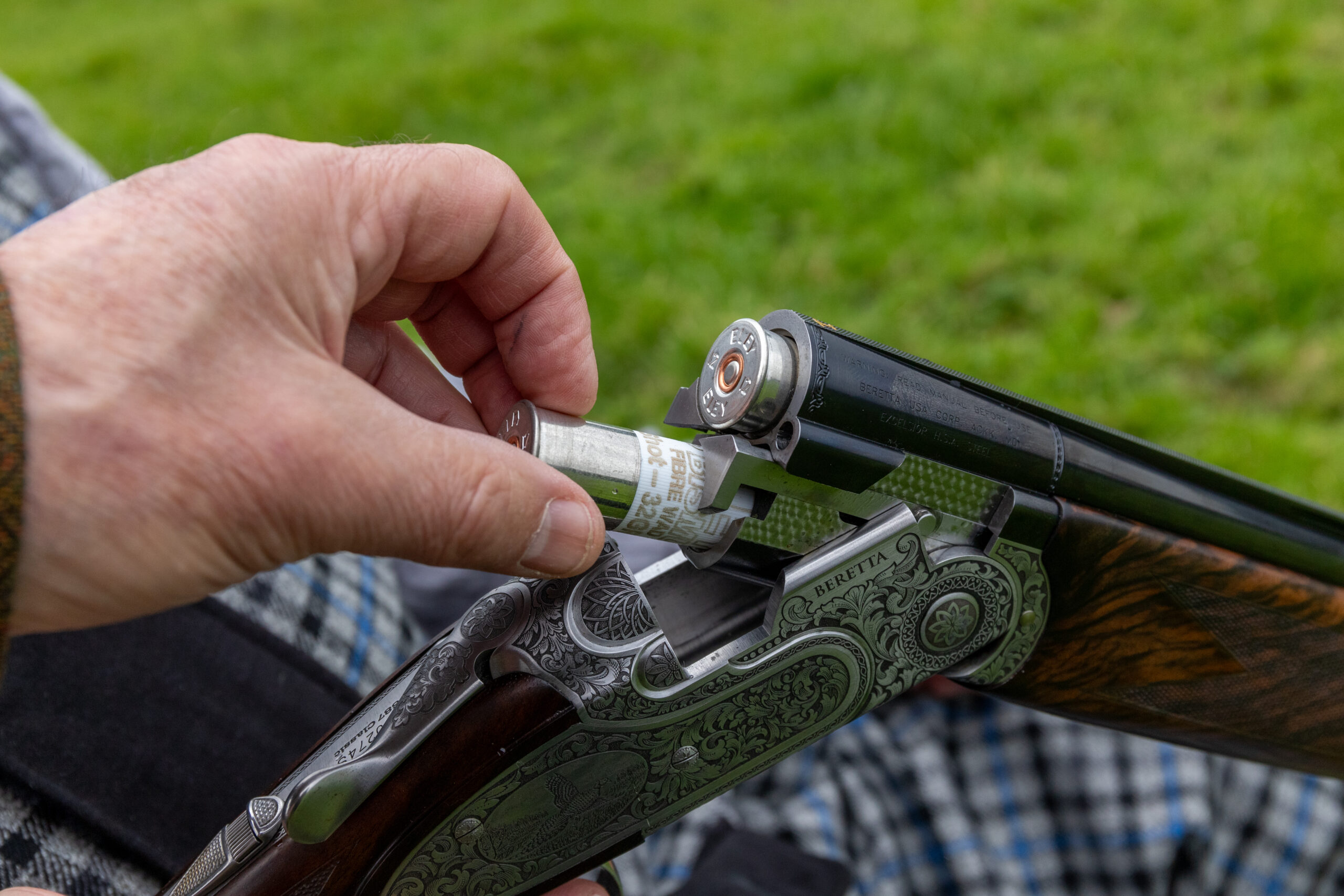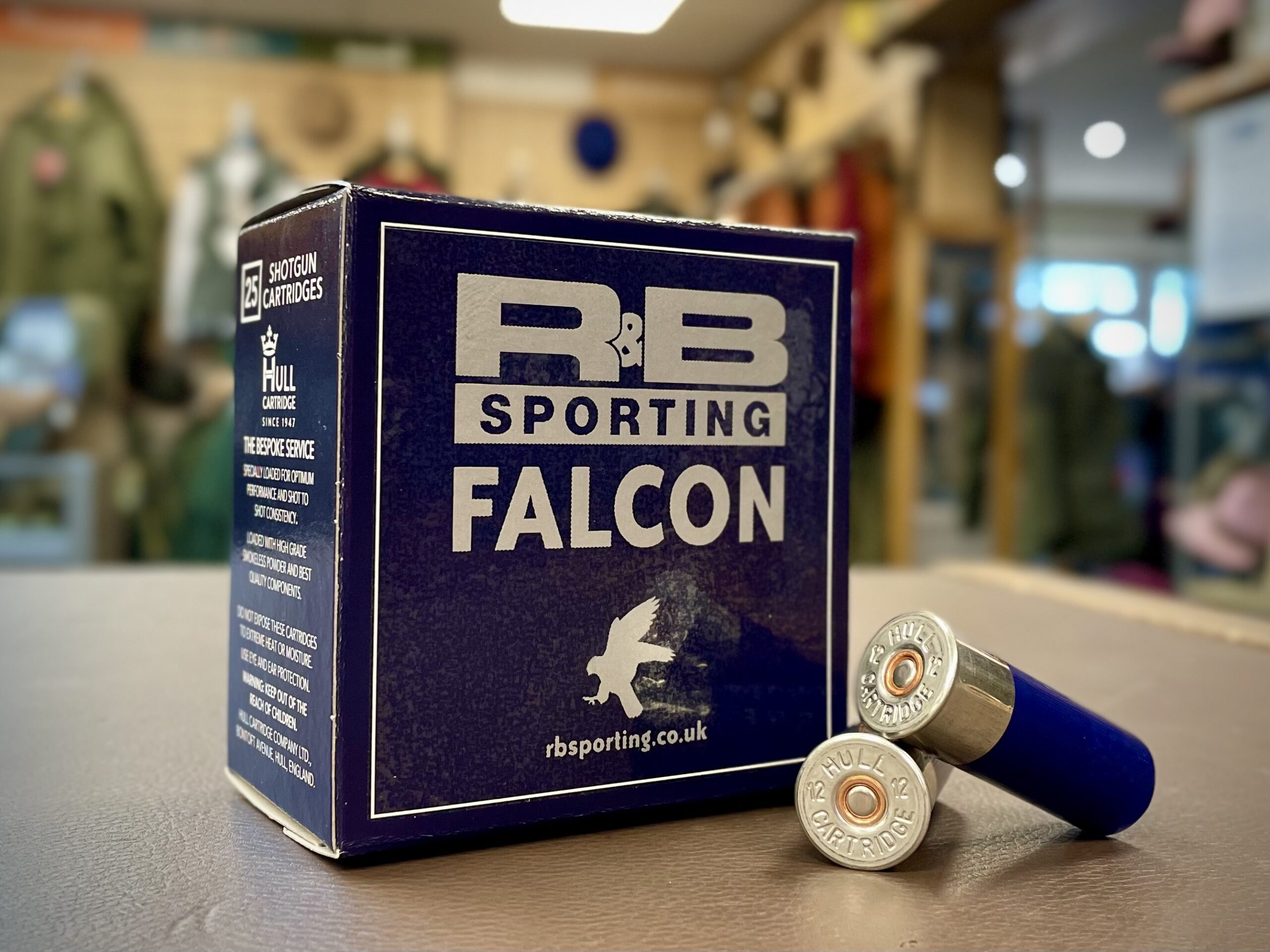Is the rimfire .22 long rifle cartridge the top seller in the UK?
Makers of sporting rifle ammunition seem shy of letting it be known how many cartridges they sell on the UK market, writes Mike George

Subsonic ammo is more accurate than supersonic
However an intelligent guess is that the rimfire .22 Long Rifle is leading the way.
And, to do a bit more guessing, subsonic variations on the Long Rifle theme must be the most popular. The reason? Subsonic ammo for competition is more accurate than supersonic, and pinpoint accuracy is desirable when you consider the bull in the NSRA’s 25-yards target is only around half an inch across, and all of the bullet hole has to be contained within that area. At 100 yards the bull is only about an inch, which is the equivalent of one minute of angle.
Accuracy
One of the reasons for better accuracy by subsonic loads is that a bullet suffers buffeting as its speed drops from supersonic to subsonic, so it is desirable that a bullet either stays supersonic all the way from muzzle to target, or never exceeds the speed of sound, which is 1,125fps at sea level.

Ammunition that doesn’t generate a crack is desirable in field shooting situations
For field shooting, such pinpoint accuracy isn’t quite as important as in competition loads, although it is always good to have reasonably tight groups. Importantly, ammunition which does not generate a supersonic “crack” is totally desirable in many field shooting situations, particularly when the rifle is fitted with a sound moderator. Put simply, you can moderate the bang, but you can do nothing about the supersonic “crack.”
The history of rimfire ammunition is nearly as long as that of centre-fire metallic-cased ammunition, and in the past there have been rifle rounds of over .5 of an inch, and pistol rounds nearly as big.
Why did these rimfire giants fade away? One reason was reliability. The thickness of brass at the case head was critical: it had to be thin enough at the rim to be dented by the firing pin, yet thick enough to contain the pressure. So, as pressures generated by both rifle and pistol cartridges rose, the rimfire became impractical.
I have also heard that some of the revolver ammunition used in the Wild West era was rimfire, and it was possible for the pressure generated to bulge the cartridge head. In the worst cases this could jam the cylinder, which was definitely not what you wanted when you were leading the posse out of Tombstone, Arizona.
.22 Long Rifle
Now back to the .22 rimfire. There are at least 12 different variations in case length and bullet weight, but many of them are outmoded. There is even, to this day, a .22 shot cartridge loaded with no. 12 shot. Anyone for a mouse hunt? However, in practical terms the Long Rifle, in all of its current specifications, remains king – at least in terms of cartridges sold.
The original Long Rifle cartridge came out in 1887, loaded with five grains of black powder and a 40-grain bullet. It’s a recipe still popular today, although the black powder has been replaced by nitro-cellulose and the priming material within the rim will be of different composition. American sources admit that it is the most accurate and highly-developed rimfire cartridge ever.

In the past there have been rife rounds of over .5 of an inch, and pistol rounds nearly as big
If it’s velocity you want and the supersonic crack doesn’t worry you, there are also super high velocity rounds such as the CCI Stinger. The Stinger, launched in 1977, is still with us, although there are rival cartridges from other makers such as Winchester, Federal and Remington. The Stinger is one of the fastest, propelling a 32-grain bullet to a muzzle velocity of 1,640fps.
Challengers
Nowadays a challenger to the leaders in the rimfire rifle popularity stakes is the .17 Hornady Magnum Rimfire, more familiarly known as the .17HMR, which has been with us since 2002.

The .17 Winchester Super Magnum was introduced in the USA in 2013
With a 17-grain bullet it is capable of producing 100-yard groups of less than half an inch, and not much over an inch at 200 – but these figures were achieved in factory tests and would be impossible to replicate in the field. Nonetheless, its performance against live quarry is impressive, although the jury is still out on whether it is suitable for foxes.
However, potentially better still is the .17 Winchester Super Magnum, which was introduced in the USA in 2013 but not available in the UK until recently.
The down side of both the .17 Super Mag and the .17HMR is the cost of ammunition: around 36p to 38p a bang at the time of writing, compared to around 5p for the more popular .22 Long Rifle field rounds. But prices are all relative, and rimfire rounds in .22 and smaller are much cheaper than their more powerful centre-fire calibre equivalents.
Why cheaper? Well, among the main reasons must be that a rimfire cartridge uses much less brass than a centre-fire, and its design is much less complex. On the down side, all you can do with used rimfire cases is sell them for scrap, but that only becomes worthwhile if you can collect enough, while you can re-load a centre-fire case quite a few times, and save money as well as producing ammunition which is more accurate than the shop-bought stuff.
.22 rimfire rifle sound moderators
If you are using a .22LR rifle, sound reduction is only required for subsonic ammunition. It is quite straightforward to…
.22lr rimfire bolt-action rifles reviewed
Jason Harris looks at the four best .22 rimfire bolt-action rifles on the market
Comparisons
Now, you are going to tell me that my comparisons between rimfire and centrefire cartridges are not fair, because, in practical performance terms, centrefire takes over when rimfire runs out of steam. Quite right, but when applying for the grant or variation of a firearms certificate for vermin control or keepering duties, you don’t need an under-powered rifle, but neither do you want to go over the top in performance terms. It’s a question of getting the right tool for the job.










